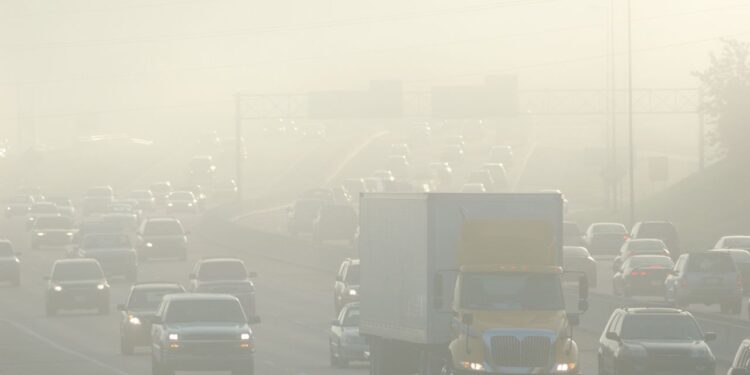Smoke conditions in Pakistan have become a significant environmental concern in recent years, with severe air pollution impacting the health and quality of life of its citizens. The major contributors to smoke and air pollution include vehicular emissions, industrial activities, agricultural practices, and the burning of solid waste. During the winter months, the smoke condition worsens, particularly in urban areas such as Lahore, Karachi, and Islamabad. This is partly due to temperature inversions, where a layer of warmer air traps pollutants close to the ground, preventing them from dispersing into the atmosphere. Lahore, often ranked among the most polluted cities in the world, experiences extremely poor air quality, with smoke and smog enveloping the city for days, causing significant health risks to its population.
Agricultural burning is a major seasonal source of smoke, especially in Punjab, where farmers burn crop residue after harvesting rice and wheat. This practice, although economically beneficial in the short term, releases large amounts of particulate matter into the air, worsening air pollution. Additionally, the dense traffic in major cities exacerbates the problem, as older vehicles, many of which lack modern emission control technologies, emit thick black smoke into the atmosphere. Industrial emissions, particularly from cement factories, power plants, and brick kilns, contribute significantly to the overall smoke levels.
The health impacts of these smoke conditions are severe, leading to respiratory problems, cardiovascular diseases, and even premature deaths. According to the World Health Organization (WHO), the air quality in many parts of Pakistan exceeds the recommended safe limits by several times. Children, the elderly, and individuals with pre-existing health conditions are particularly vulnerable to the effects of air pollution. Hospitals and healthcare centres often report a surge in patients suffering from asthma, bronchitis, and other respiratory illnesses during periods of heavy smoke.
The government has attempted to address these challenges by implementing measures such as limiting the burning of crop residue, promoting cleaner technologies, and introducing stricter emission standards for vehicles and industries. However, these measures have not been enough to mitigate the problem on a larger scale. The lack of proper infrastructure, insufficient enforcement of environmental regulations, and the growing population all contribute to the ongoing smoke crisis. Without significant changes in policy, technology, and public awareness, the smoke conditions in Pakistan are likely to persist, posing serious challenges to both public health and the environment.


